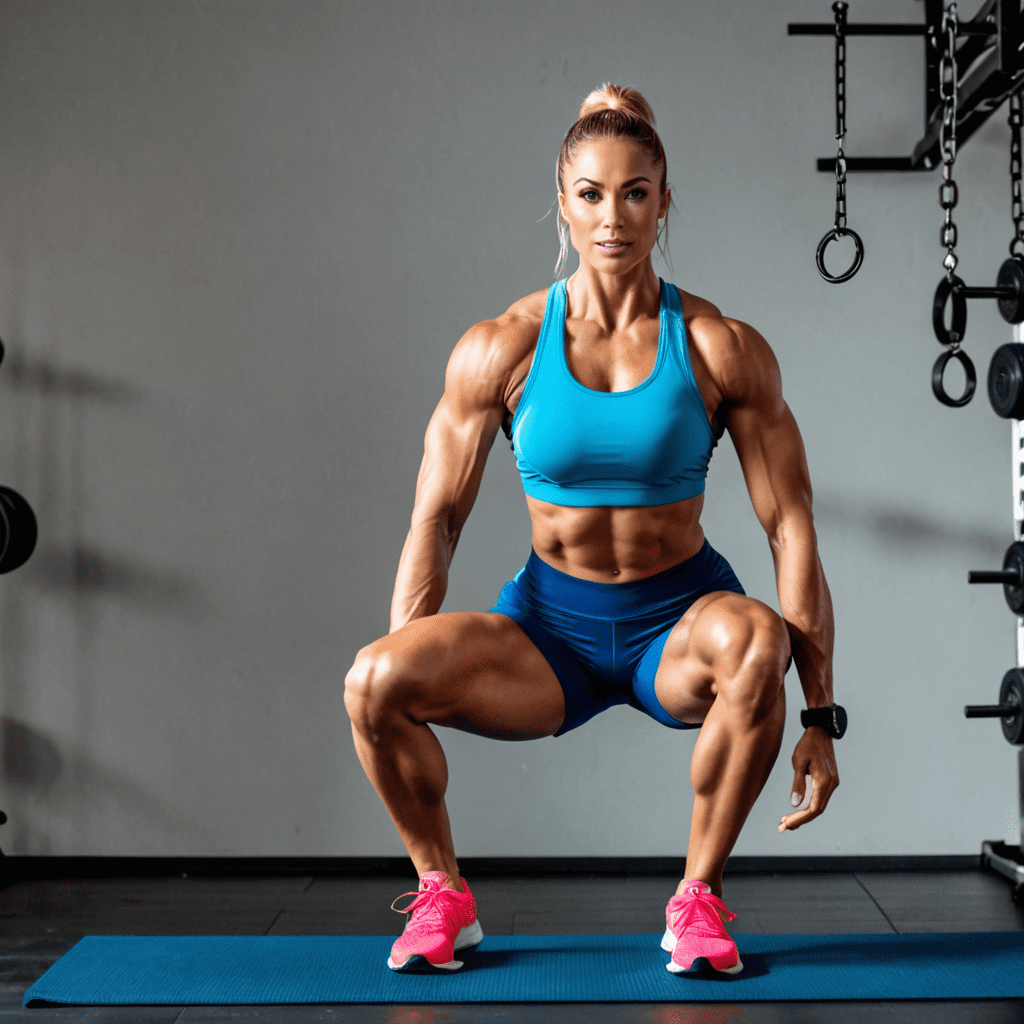
Posture and Gardening: Maintaining Alignment
1. Introduction
Gardening is a rewarding activity that offers numerous physical and mental benefits. However, repetitive movements and awkward postures can put excessive strain on the body, leading to pain, discomfort, and even injuries. This article will explore the importance of maintaining proper posture while gardening, discuss common gardening tasks and their potential impact on alignment, and provide practical tips for protecting your body from injury. By understanding the principles of good posture and implementing simple strategies, you can enjoy the many advantages of gardening without compromising your health and well-being.
2. Common Gardening Tasks and Posture
Bending and reaching: Frequent bending and reaching while weeding, planting, or harvesting can place significant stress on the lower back and neck. Maintaining a straight back and bending from the knees, rather than rounding the spine, is crucial.
Lifting and carrying: Lifting heavy objects, such as bags of soil or pots, can strain the back and shoulders. Use proper lifting techniques, keeping the back straight, engaging the core muscles, and lifting with the legs. Always avoid twisting or bending while lifting.
Kneeling and squatting: Kneeling and squatting are essential for many gardening tasks, such as planting bulbs or weeding tight spaces. Using kneeling pads or a stool can provide support and reduce strain on the knees and ankles.
Using tools and equipment: Using tools with improper handles or awkward designs can contribute to muscle fatigue and discomfort. Opt for ergonomic tools that fit comfortably in your hands and promote natural wrist and arm positions.
3. Maintaining Proper Alignment
Engaging your core muscles is essential for maintaining proper posture while gardening. These muscles provide support and stability for the spine, reducing the risk of injury. Keep your back straight, shoulders relaxed, and avoid twisting or bending excessively. When lifting, use your legs and keep the object close to your body.
6. Modifying Gardening Techniques
While proper posture is essential, there are situations where modifying your gardening techniques can further enhance comfort and safety. Consider these alternatives:
6.1 Alternative Ways to Perform Tasks
- Reaching: Instead of bending over repeatedly, use tools with long handles for tasks like weeding or harvesting.
- Kneeling: If kneeling for extended periods is uncomfortable, try using a kneeling stool or垫子.
- Lifting: For heavy objects, consider using a wheelbarrow or cart to transport them.
- Twisting: Avoid twisting your body while lifting or carrying objects. Turn your entire body instead.
6.2 Using Raised Beds and Containers
Raised beds and containers elevate the planting surface, reducing the need for bending and kneeling. This is especially beneficial for individuals with limited mobility or back problems.
6.3 Kneeling Pads and Other Aids
Kneeling pads, stools, and ergonomic tools can provide extra support and reduce strain on joints. Choose tools with comfortable grips and lightweight designs.
7. Recognizing and Addressing Pain
It's important to listen to your body and recognize signs of pain or discomfort. If you experience any of the following, it may indicate poor posture or potential injury:
- Lower back pain
- Neck and shoulder stiffness
- Muscle fatigue
- Joint pain
- Numbness or tingling
7.1 When to Seek Professional Help
If pain persists or worsens, consult a healthcare professional. They can assess your posture, identify any underlying conditions, and recommend appropriate treatment options.
7.2 Managing Pain and Discomfort
- Apply冰or heat packs to the affected area.
- Take over-the-counter pain relievers.
- Perform gentle stretches and exercises.
- Modify your gardening techniques to reduce strain.
8. Creating a Healthy Gardening Routine
8.1 Setting Realistic Goals
Start with small, manageable tasks and gradually increase your workload as your fitness improves.
8.2 Taking Breaks and Listening to Your Body
Take frequent breaks to stretch and rest, especially when performing repetitive tasks. Listen to your body's signals and stop if you experience pain or discomfort.
8.3 Staying Hydrated and Nourished
Drink plenty of water throughout the day to stay hydrated and maintain energy levels. Choose nutritious foods to fuel your body for gardening activities.
9. Resources and Support
Numerous organizations and resources can provide guidance and support for healthy gardening practices:
- American Physical Therapy Association (APTA): Provides information on ergonomics and injury prevention.
- National Gardening Association (NGA): Offers tips and resources on safe gardening techniques.
- Centers for Disease Control and Prevention (CDC): Provides guidelines on preventing injuries related to physical activity.
- Local gardening clubs and organizations: Connect with other gardening enthusiasts and learn from their experiences.
10. Conclusion
By understanding the principles of good posture and implementing practical strategies, you can turn gardening into a healthy and enjoyable activity. Remember to prioritize your well-being, listen to your body, and seek help when needed. With proper care and attention, you can reap the many benefits of gardening while protecting yourself from injury and discomfort.
FAQ
1. What are the most common gardening injuries?
- Back pain
- Muscle strains
- Sprains
- Cuts and punctures
2. How can I prevent gardening injuries?
- Use proper posture
- Modify gardening techniques
- Take frequent breaks
- Stay hydrated and nourished
- Use appropriate tools and equipment
3. What should I do if I experience pain while gardening?
- Stop the activity and rest
- Apply冰or heat to the affected area
- Take over-the-counter pain relievers
- Consult a healthcare professional if pain persists or worsens


